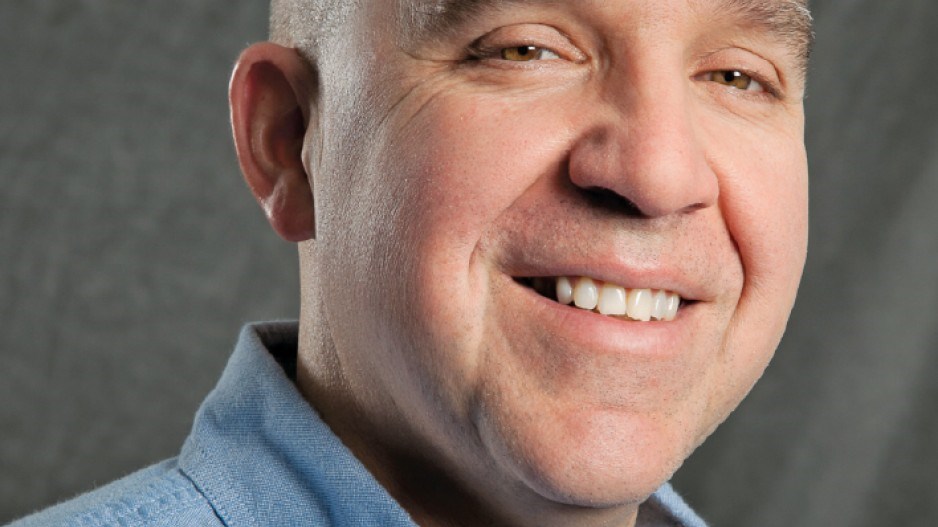Susan Baldwin, a noted University of British Columbia professor of chemical and biological engineering, is on a mission to detoxify the often heavily polluted water found at mine sites.
And one key to reaching that goal may lie in the study of minute micro-organisms that grow and live on nearly every part of a mine.
“People usually think of micro-organisms as agents of disease, but they are very useful,” said Baldwin. “Many useful products are made from micro-organisms such as beer, wine and yogurt. And they exist in all types of extreme environments, including the environment of mines. We need to have better ways of detecting them, find out who they are and get a little bit of information on how they do what they do.”
Baldwin and those working in her lab at UBC aren’t trained scientists. As engineers, their expertise is in building processes – think recipes – for mining companies to make toxic water, such as that found in tailings ponds, non-toxic.
But because micro-organisms can be found living in contaminated environments, understanding how they are surviving, and in some cases flourishing, has become part of the equation.
The detailed examination of micro-organisms is known as genomics – the study of the code of the genome or DNA that dictates all of the physical characteristics of a living organism.
If researchers can understand why microbes flourish in certain environments, they can potentially manipulate that environment to reflect the microbe’s ability. For instance, if a company knows it will have a pond with a lot of sulphur in it, then microbes that can digest sulphur are preferable to those that can’t.
Gabe Kalmar, vice-president of sector development at Genome BC, a Vancouver-based research organization that invests in genomics projects, said Baldwin’s research has the potential to “significantly affect” certain aspects of the mining industry.
Genome BC funded Baldwin’s work in the past.
“The more you understand the microbes, the more you are going to be able to make intelligent decisions over the life of that tailings pond,” said Kalmar.
“It can be a significant economic issue with ramifications well beyond that tailings pond.”
Such information can be applied not only to existing tailings ponds, but to the plans and designs for future mines. A mine plan without an acceptable arrangement for its tailings facilities increases its chance of being rejected.
An environmental review panel nixed Taseko Mine’s (TSX:TKO) $1 billion New Prosperity project late last year because of the potential for toxic water to seep from its tailings pond into a nearby lake.
Baldwin’s work has also attracted mining company interest. Teck Resources (TSX:TCK.B) and Imperial Metals Corp. (TSX:III) are partners with Baldwin, providing funding and access to mine sites for research.
“The findings from the genome project are incorporated into our long-term water treatment strategies for metal leaching and acid-rock drainage risks,” said Luke Moger, a project engineer at Imperial Metals’ Mount Polley mine. “From corporate and government policy perspectives, this type of technology development is key to the long-term success of Imperial Metals.” •




